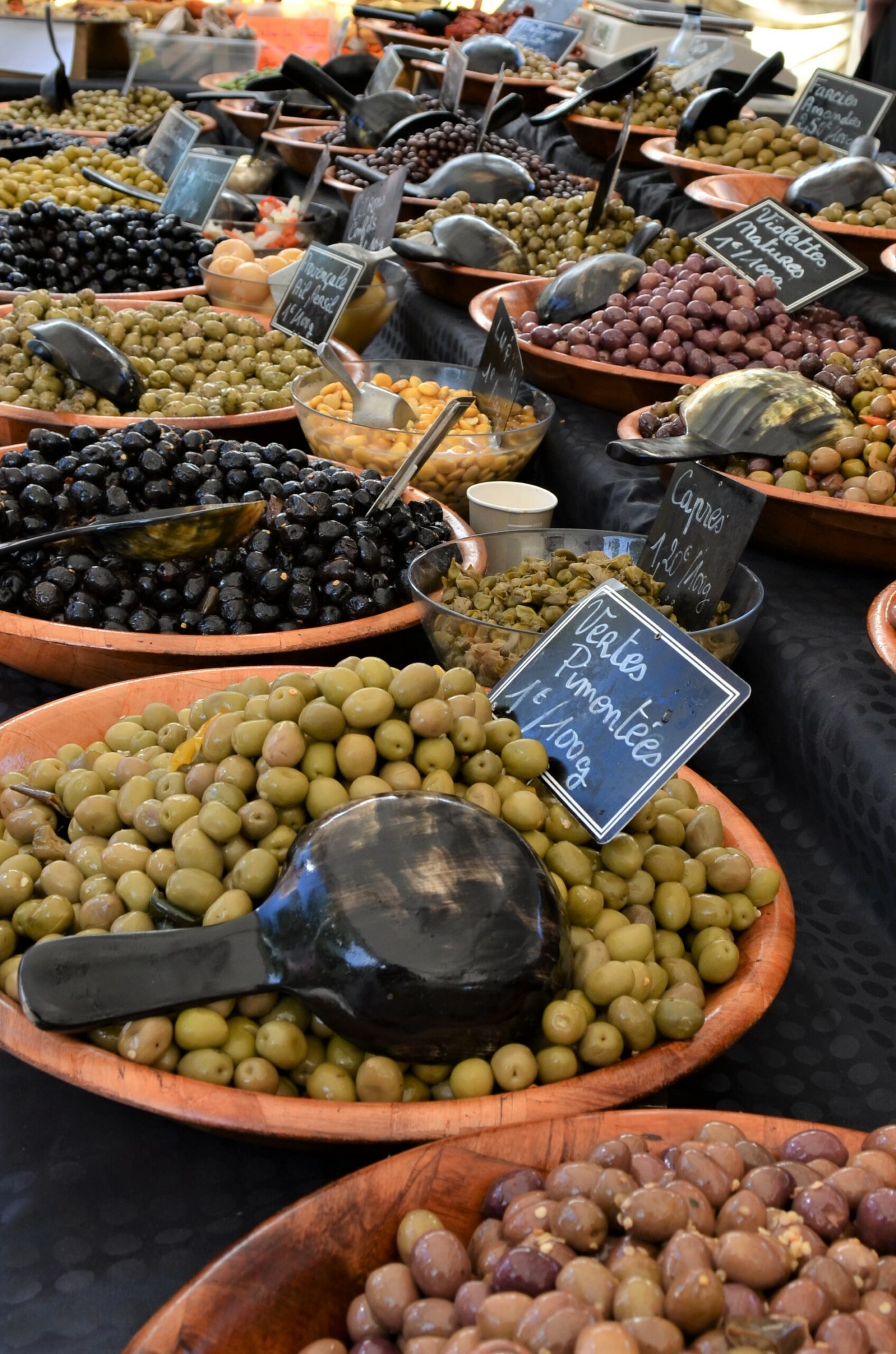
459 Lansdowne St, Kamloops, BC V2C 1Y2, Canada
Description of Business
Living Garden goes to the Kamloops regional farmers market each week. Here they sell their organic clover honey as well as apples and other fresh products. Their honey is also located for sale at the Son Mai Spa in Lansdowne village. If you are interested in trying Living Garden honey, you can also contact them by phone for local delivery.
Phone: 250-672-0232
What is your production/fermentation process?
Living Garden makes around 350-450 lbs of honey each year. They have a total of seven bee hives that they collect their honey from.
How do you handle waste management?
Not much waste is produced in the production of honey, except for beeswax. Currently at Living Gardens they are not making any beeswax products, but they have plans to in the future. They are accumulating the beeswax waste from honey production and are going to make candles out of it when they collect enough.
Do you have a product list?
Living Gardens makes clover flavoured honey! On their farm and in the surrounding areas there are 100’s of varieties of flowers and trees from which the bees collect pollen to give the honey its unique flavour. However, the majority of the nectar is collected from clover flowers. They also sell a variety of fruits and vegetables when they are in season. Living gardens started with a large diversity of fruit trees and flowers and adding honey bees was the next step in creating their vision of an ecosystem in their own backyard.
What is the background of the company?
The company added honey production and beekeeping to their business 13 years ago. The owner’s interest in honey production peaked when her daughter was young and had a teacher that was into beekeeping.
Any health benefits?
Honey has antibacterial properties and the pollen in it helps build immunity to local allergens. Honey is also a natural sweetener that can be a good replacement to artificial sweeteners and processed sugars.
Honey Fermentation Process:
Forager bees fly around and use their long tongues to suck out nectar from flowers blossoms. They collect the nectar in a separate stomach from their food called the honey stomach. They store it in this separate compartment until it is full and then they fly back to the hive. Within the stomach the nectar mixes with the bee’s digestive enzyme. Upon returning to the hive the forager bees pass the nectar by vomiting it into the mouth of a worker bee where they chew it for around half an hour. During this time, the nectar mixes with their unique digestive enzymes before it is passed down the line through multiple bees. Passing of nectar from bee to bee helps reduce water content within the nectar until it concentrates the sugars to its final form which we know as honey. Complex sugar chains within the raw nectar are turned into monosaccharides (simple sugars) like fructose and glucose when mixed with the digestive enzymes in the bee’s gut. The nectar is slowly turning into honey as this occurs and once the process is complete it is stored in a cell of honeycomb. At this stage the honey is wet, so the bees use their wings to fan it until it dries out a bit, and then they seal it with a cap in the comb with wax. The exact process in which the nectar turns into honey during the bee vomiting chain is unclear. However, it is believed to involve fermentation by anaerobic microbes.
Reference:
Lee FJ, Rusch DB, Stewart FJ, Mattila HR, Newton IL. 2015. Saccharide Breakdown and Fermentation by the Honey Bee Gut Microbiome. Society for Applied Microbiology. 17(3): 796-815. https://sfamjournals.onlinelibrary.wiley.com/doi/epdf/10.1111/1462-2920.12526.

